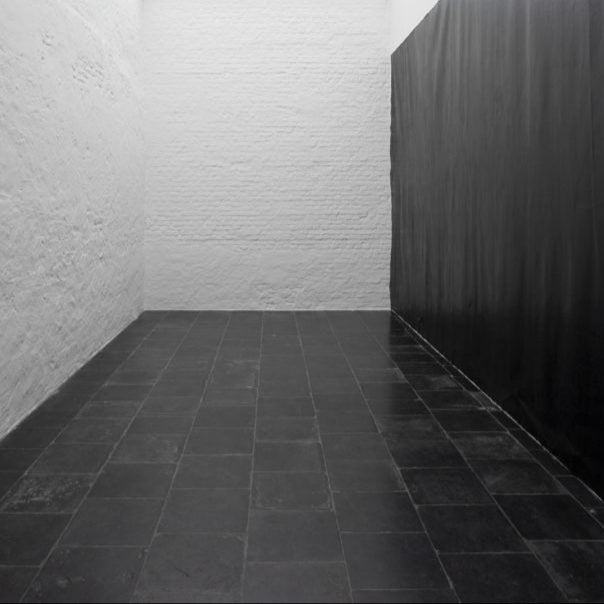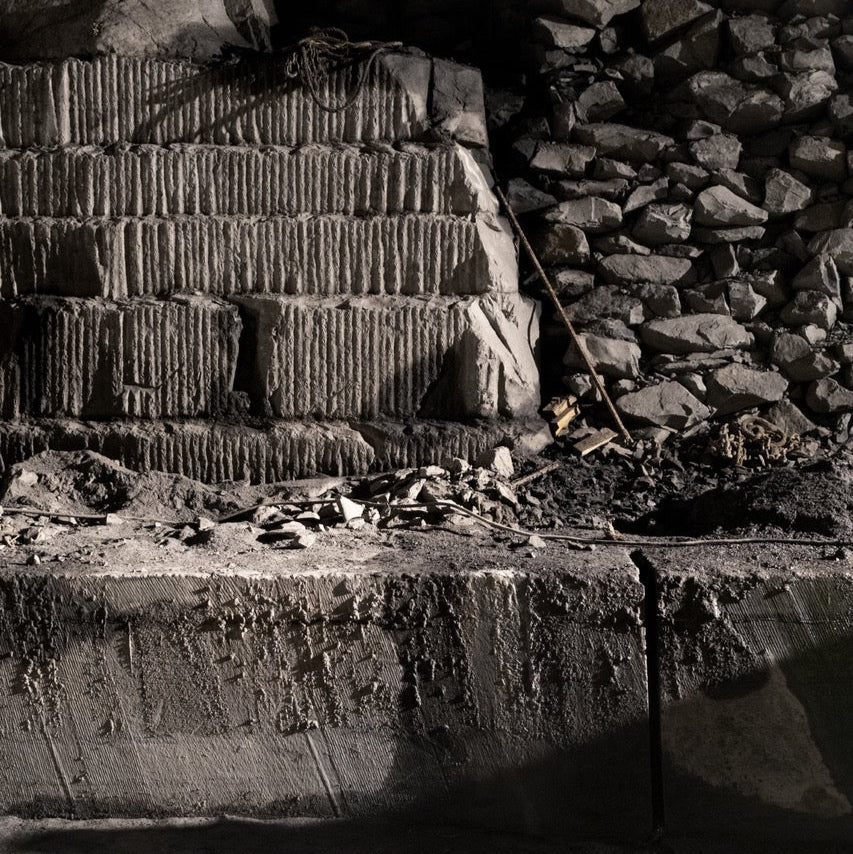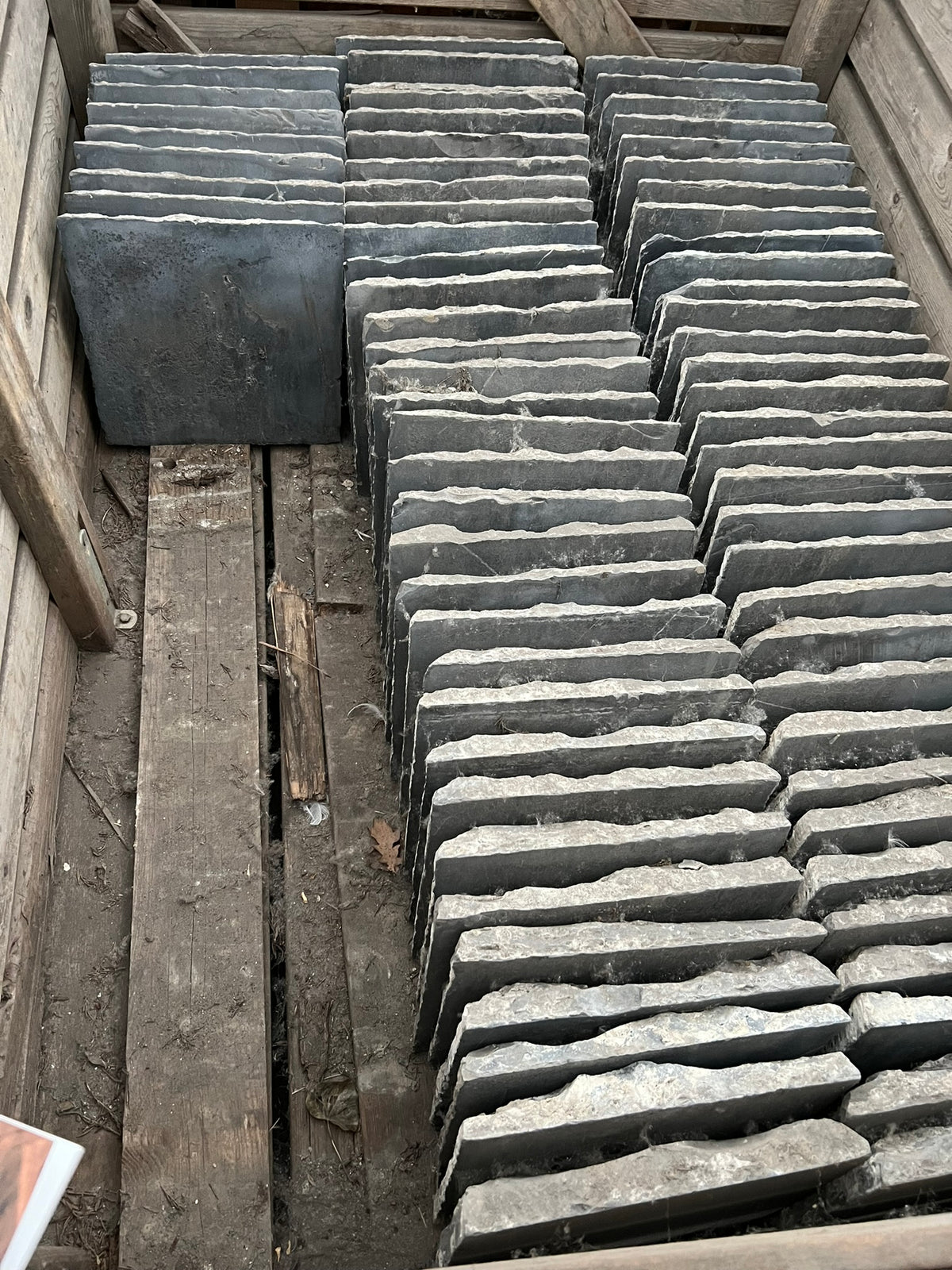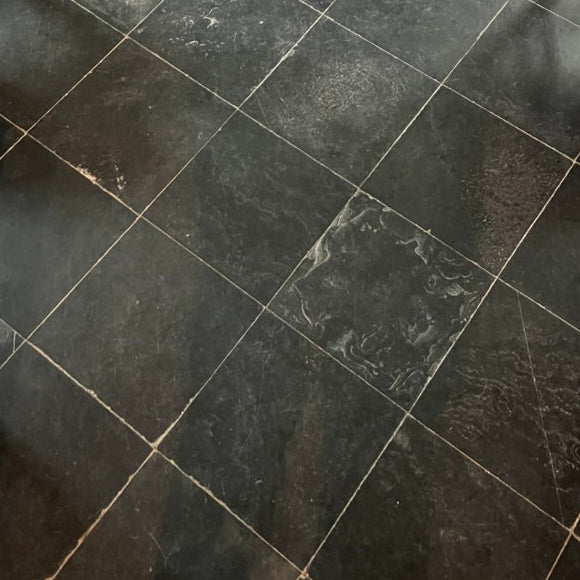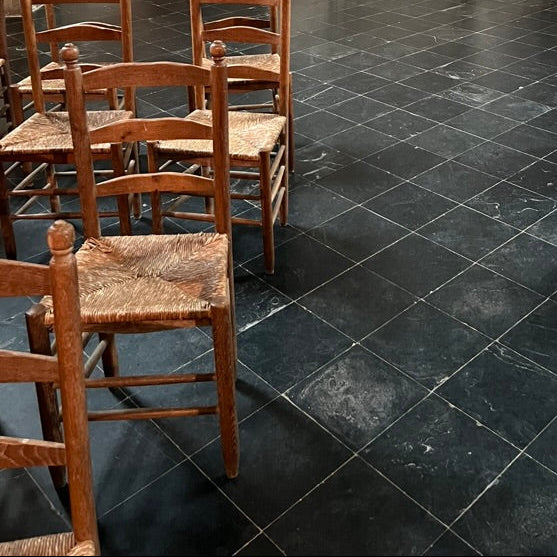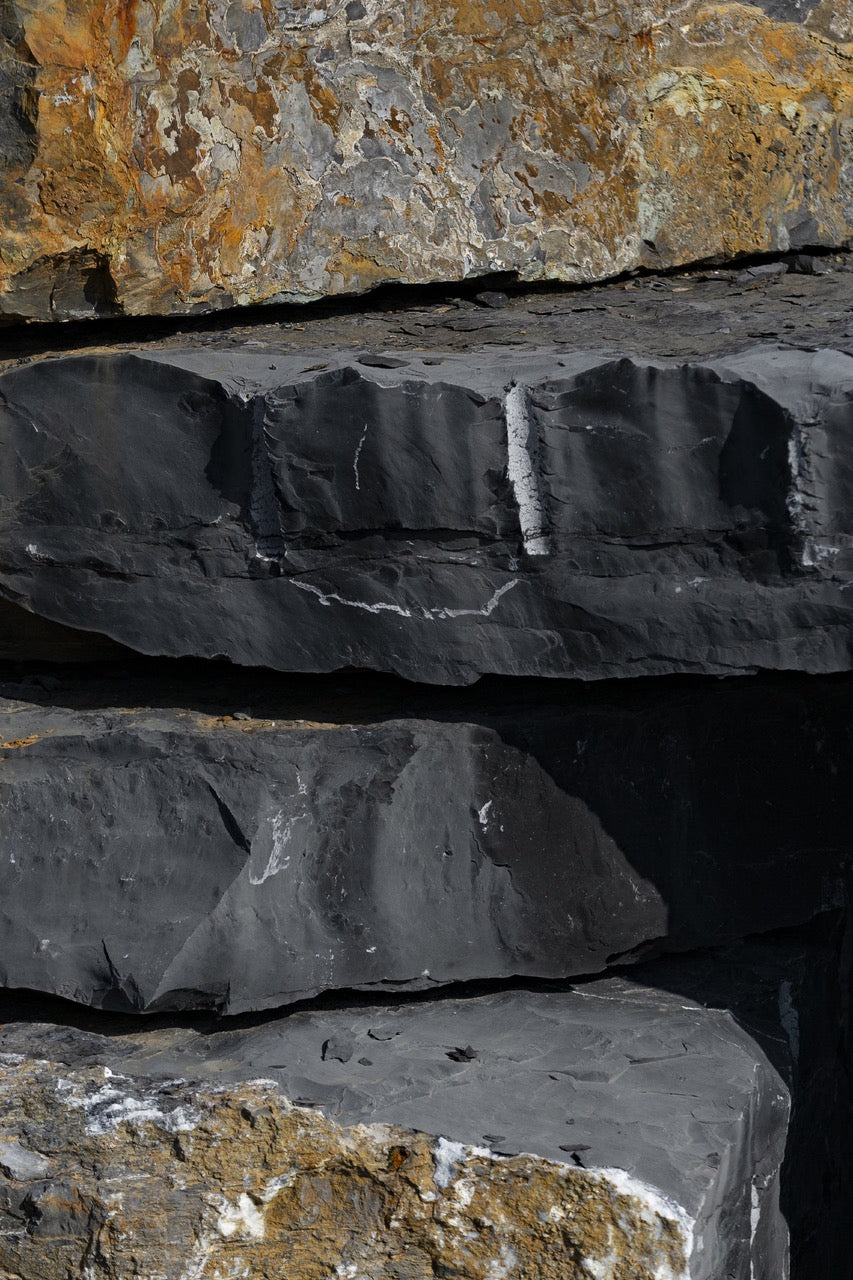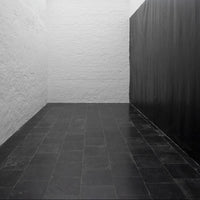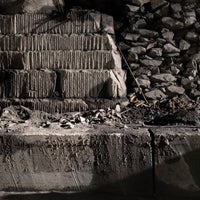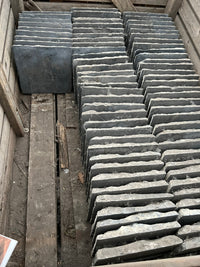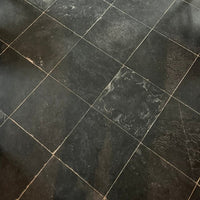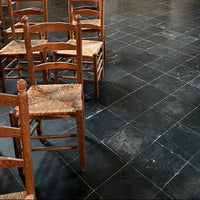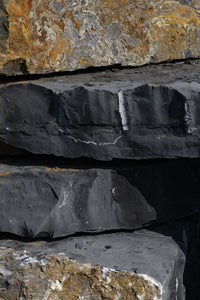Reclaimed Belgian Church Tiles
Basècles is a small Belgian village once known for its black stone quarries, which operated from the 15th to the 19th century. The material extracted here gained international fame when the powerful Italian Medici family began using it in their palaces. Its popularity soon spread among royalty, popes, and the European aristocracy. In fact, Louis XIV—the Sun King—imposed heavy taxes on it to prevent others from importing it, earning the stone the nickname “Black Gold.”
Because it was widely used in Belgian churches and cathedrals, the stone also became known as “Church Stone” or “Church Slabs.” Its reputation extended far beyond Europe: it was even used in the construction of the Taj Mahal.
One of the key reasons for its enduring appeal is its deep, layered black color. Achieving this rich tone requires meticulous polishing, which also gives the surface a distinctive satin sheen. Although commonly referred to as a marble, Belgian Black is technically a sedimentary stone, not a true marble (which is a metamorphosed limestone). Like slate, it’s formed in layers and is less densely compressed. Historically, blackstone, bluestone, and slate were sometimes extracted from the same or nearby quarries, but from different depths and angles
